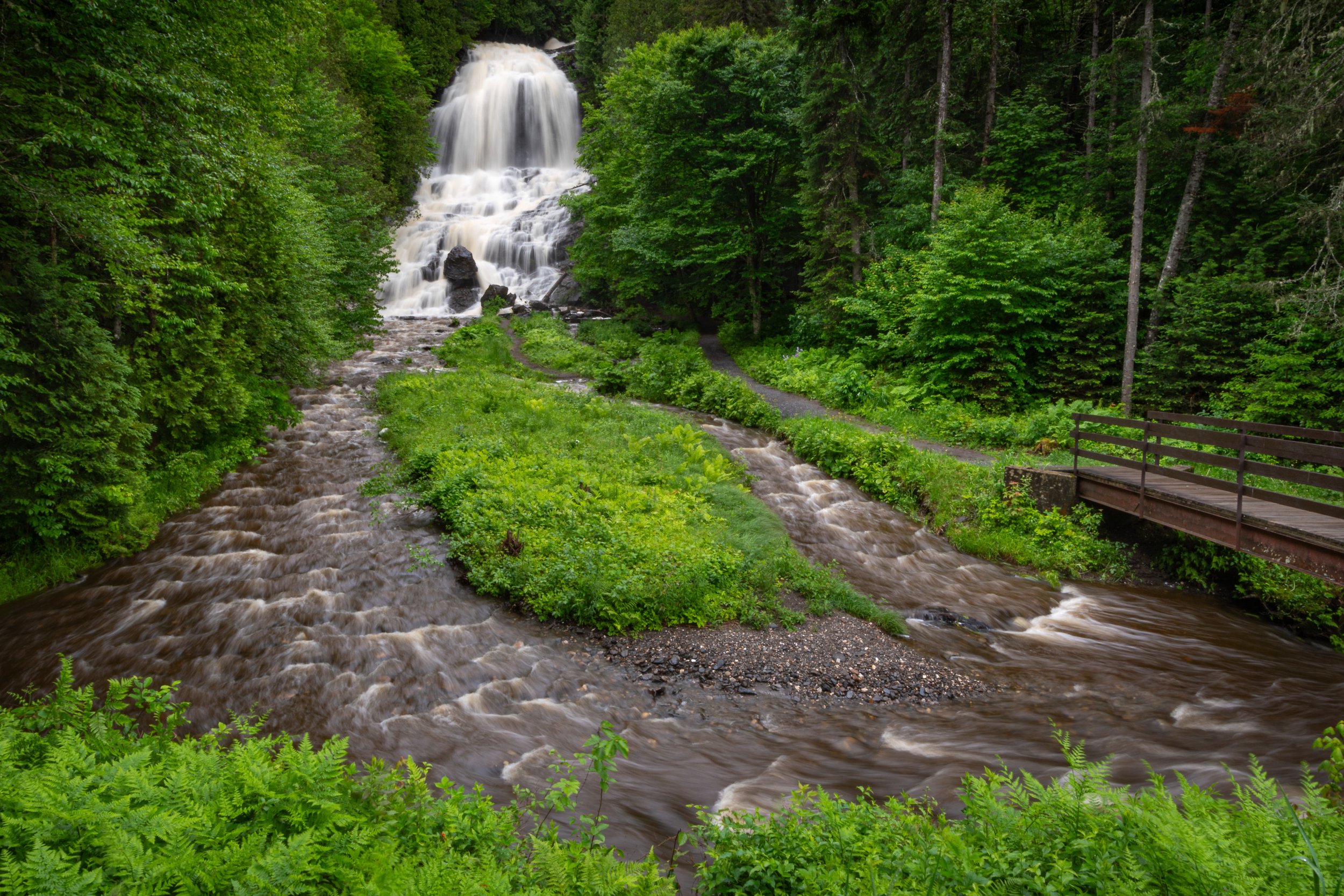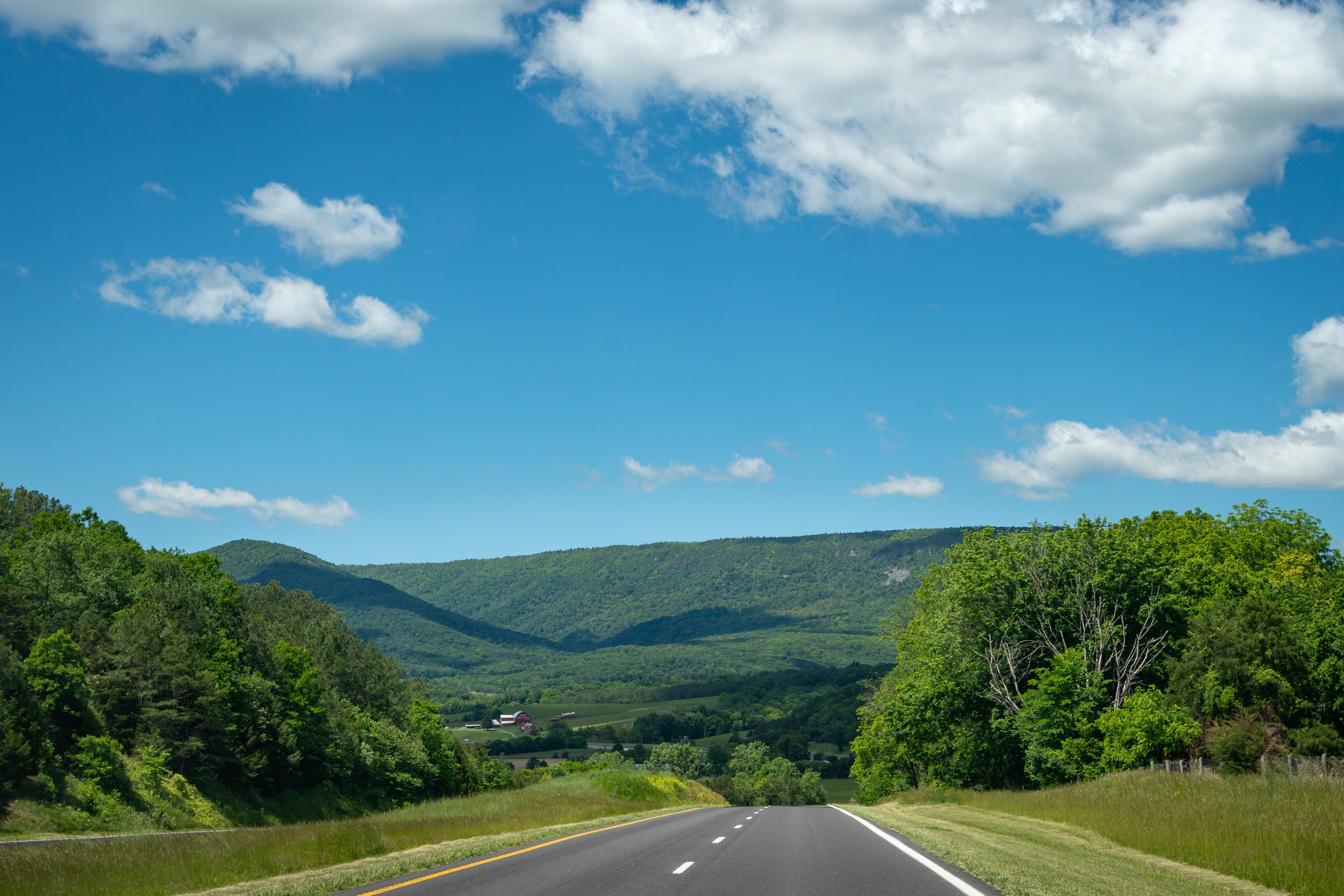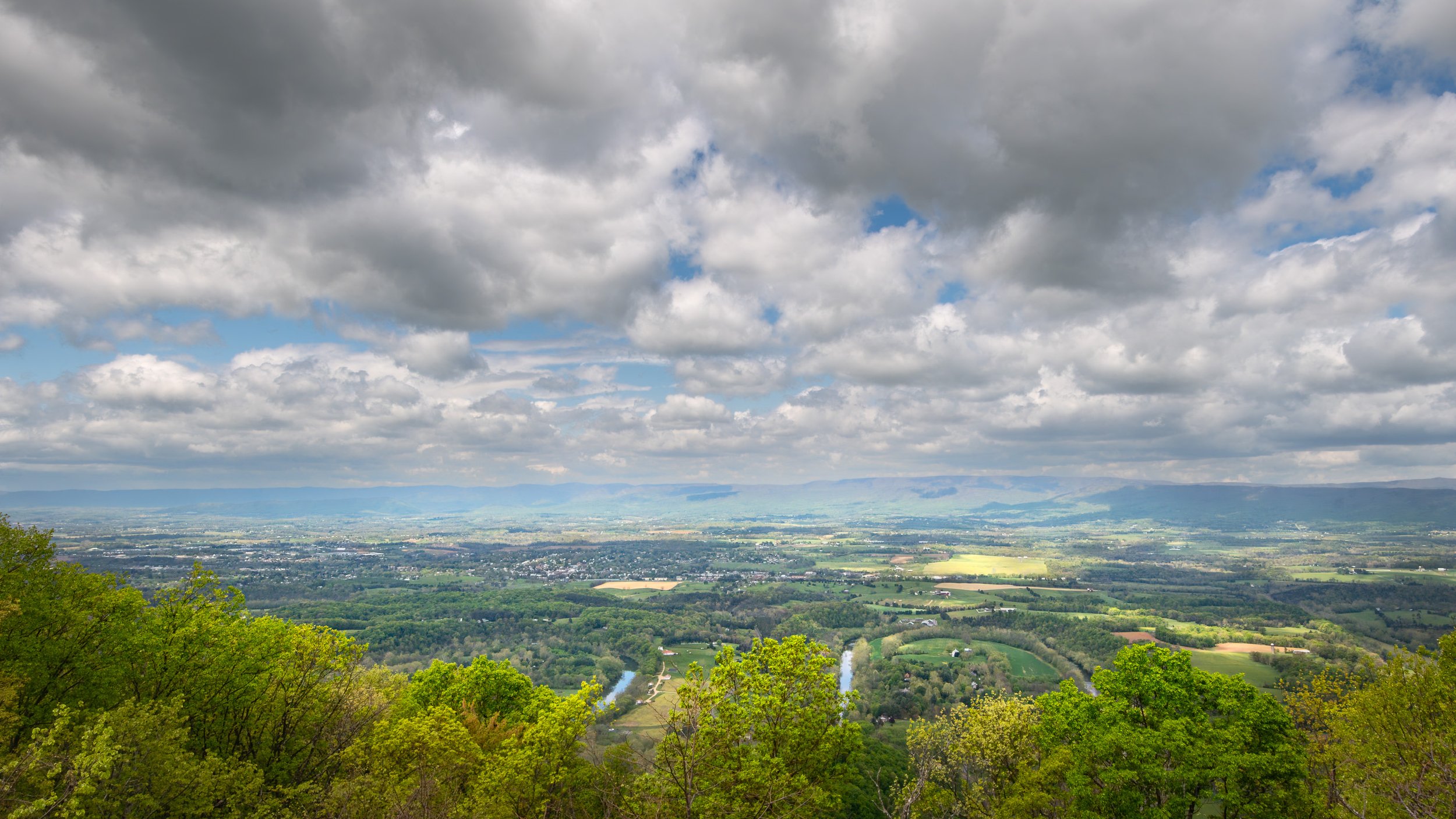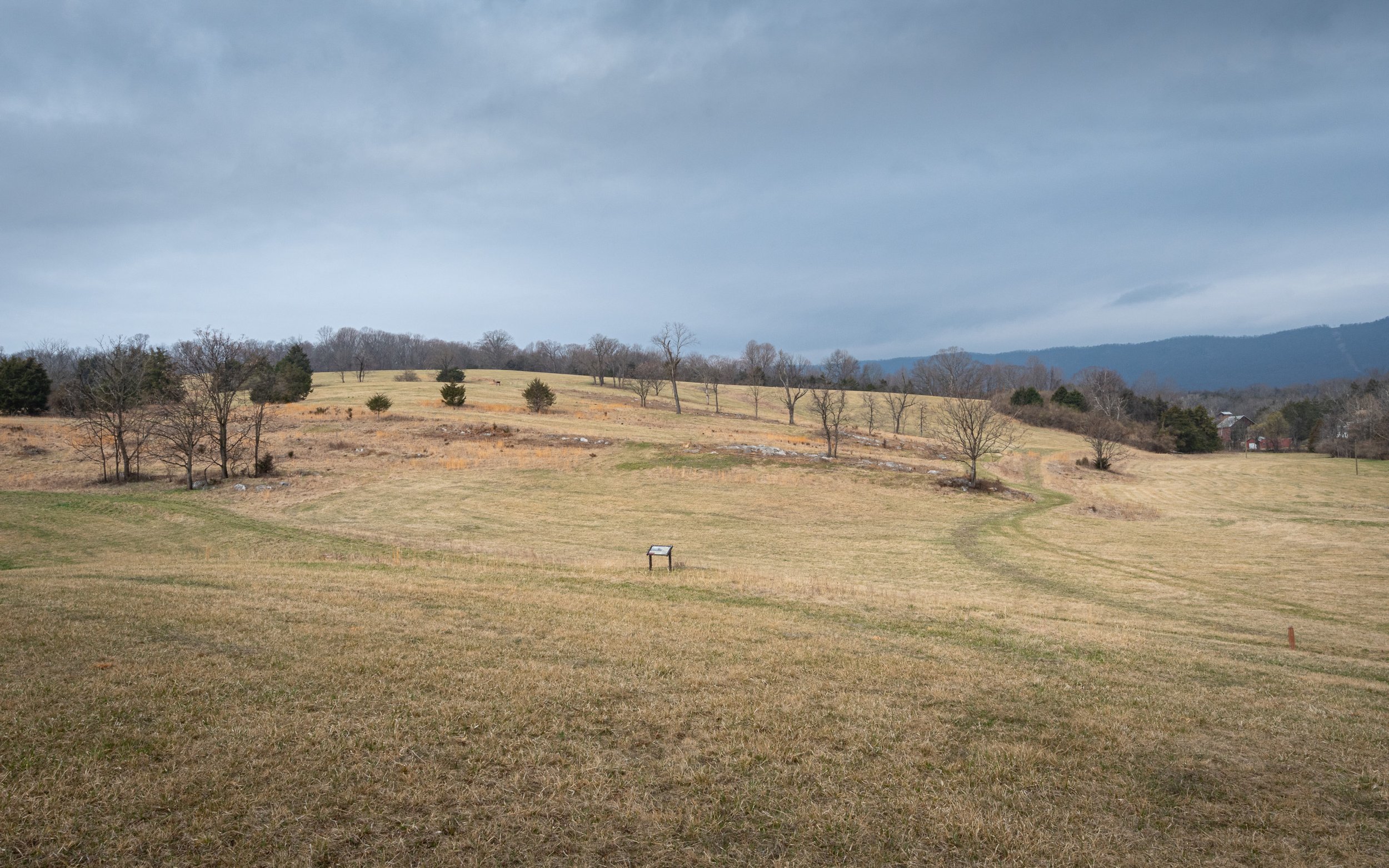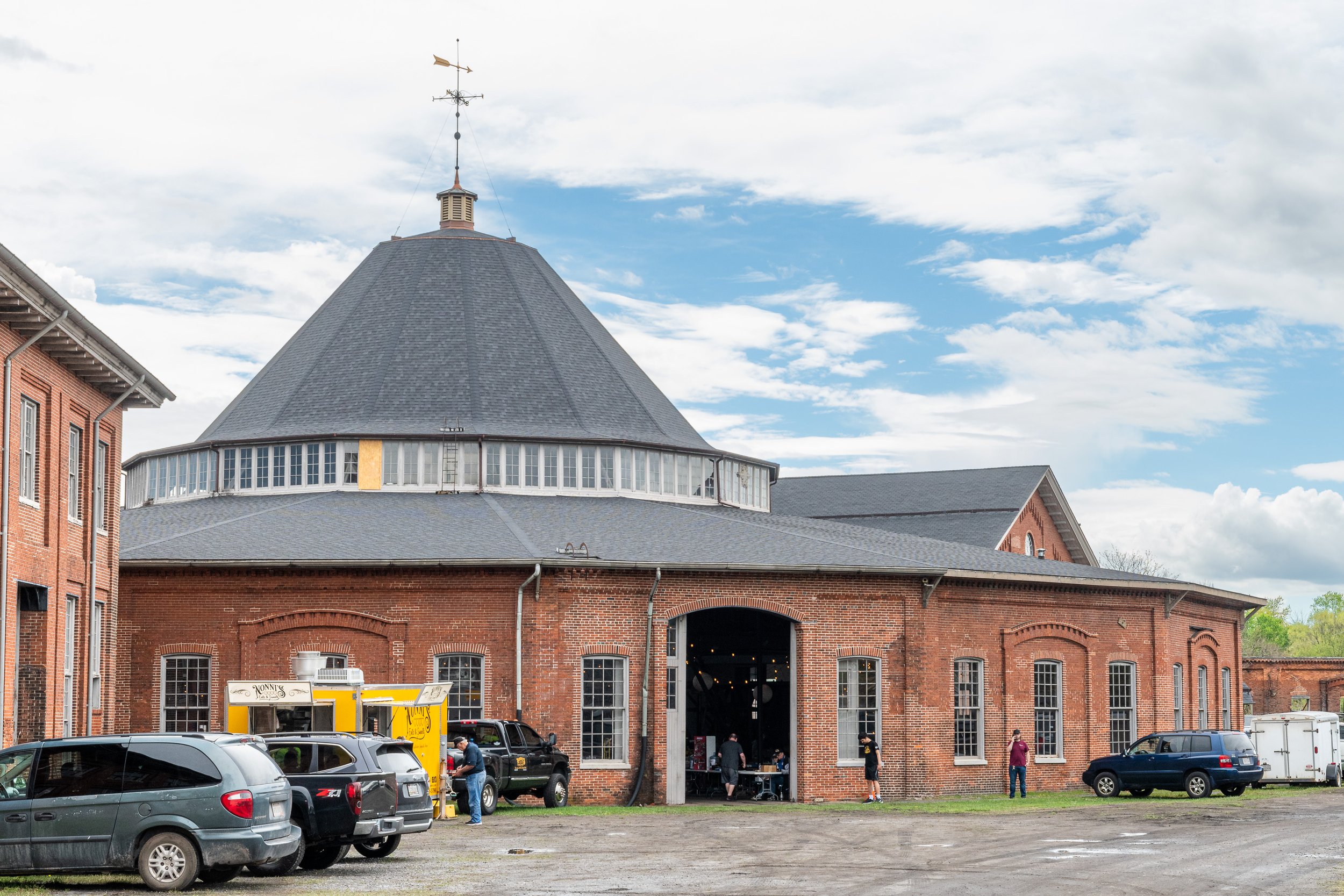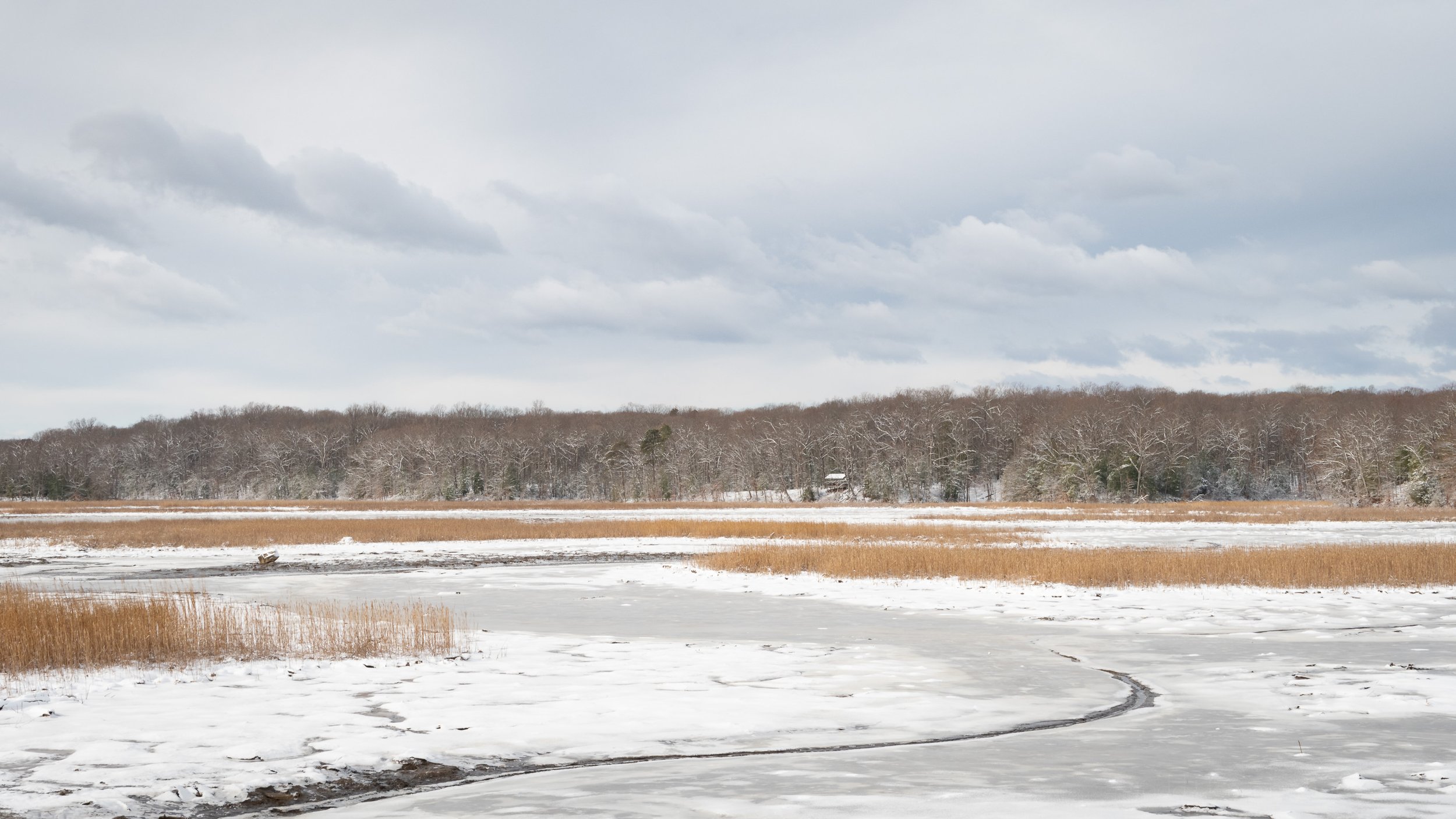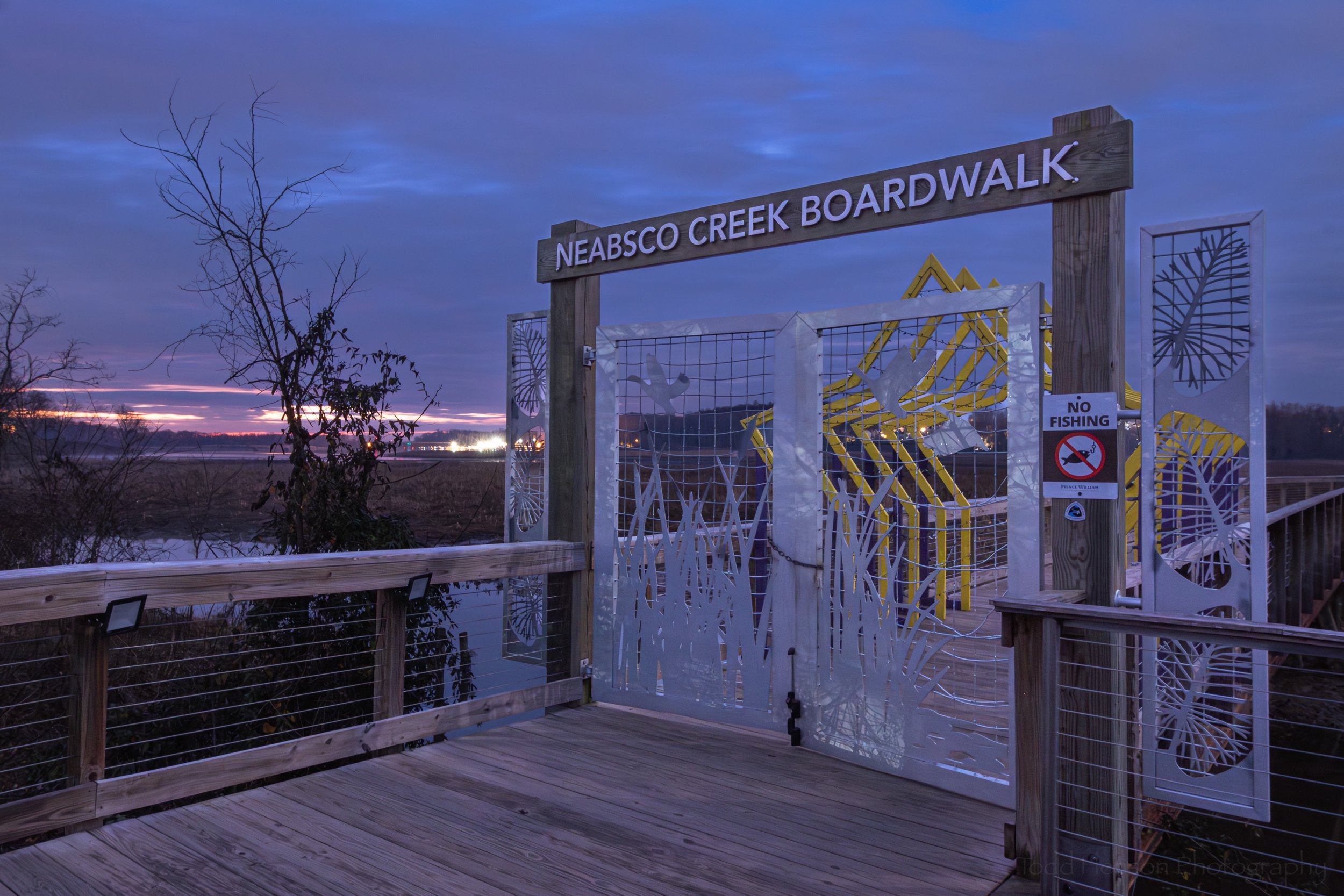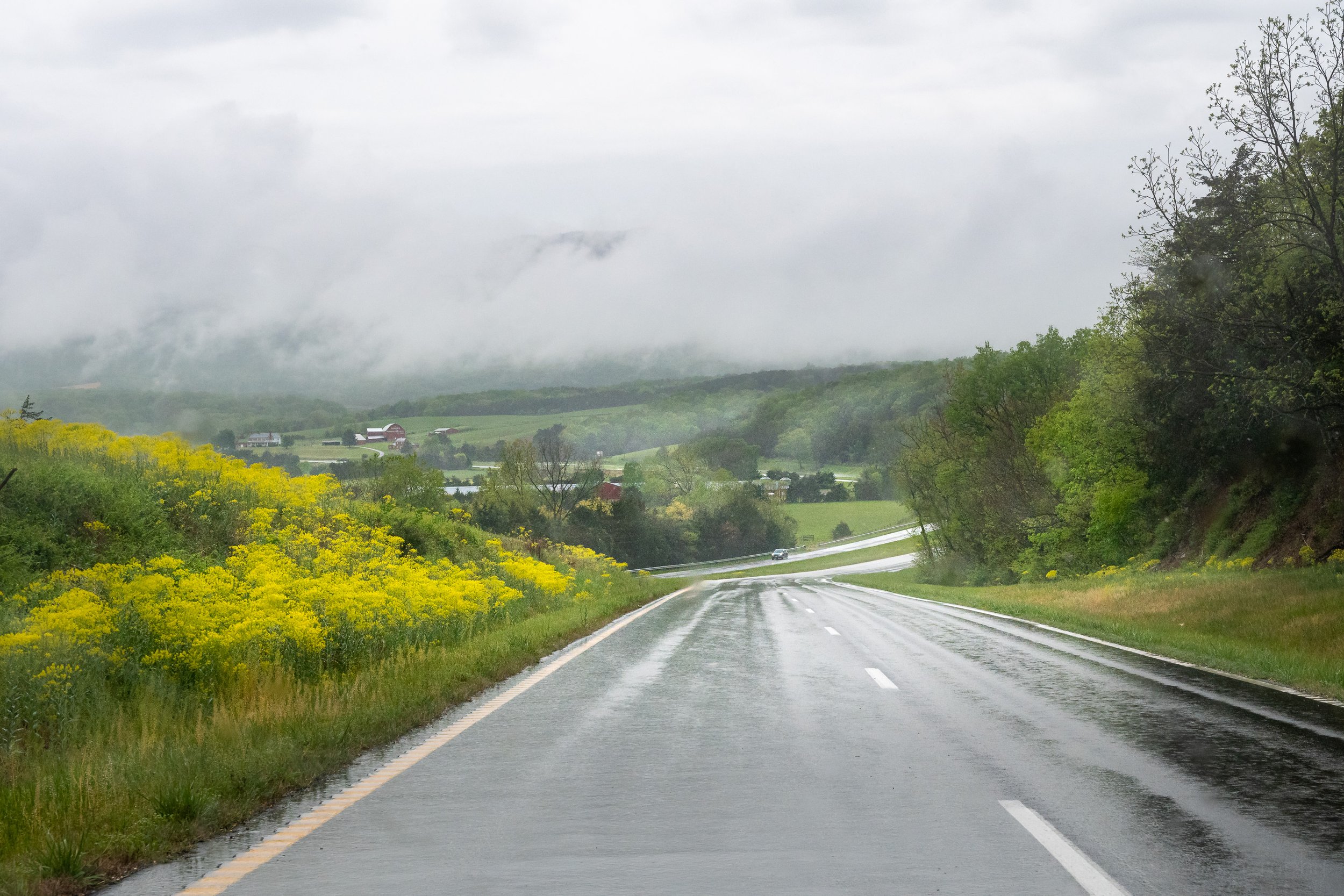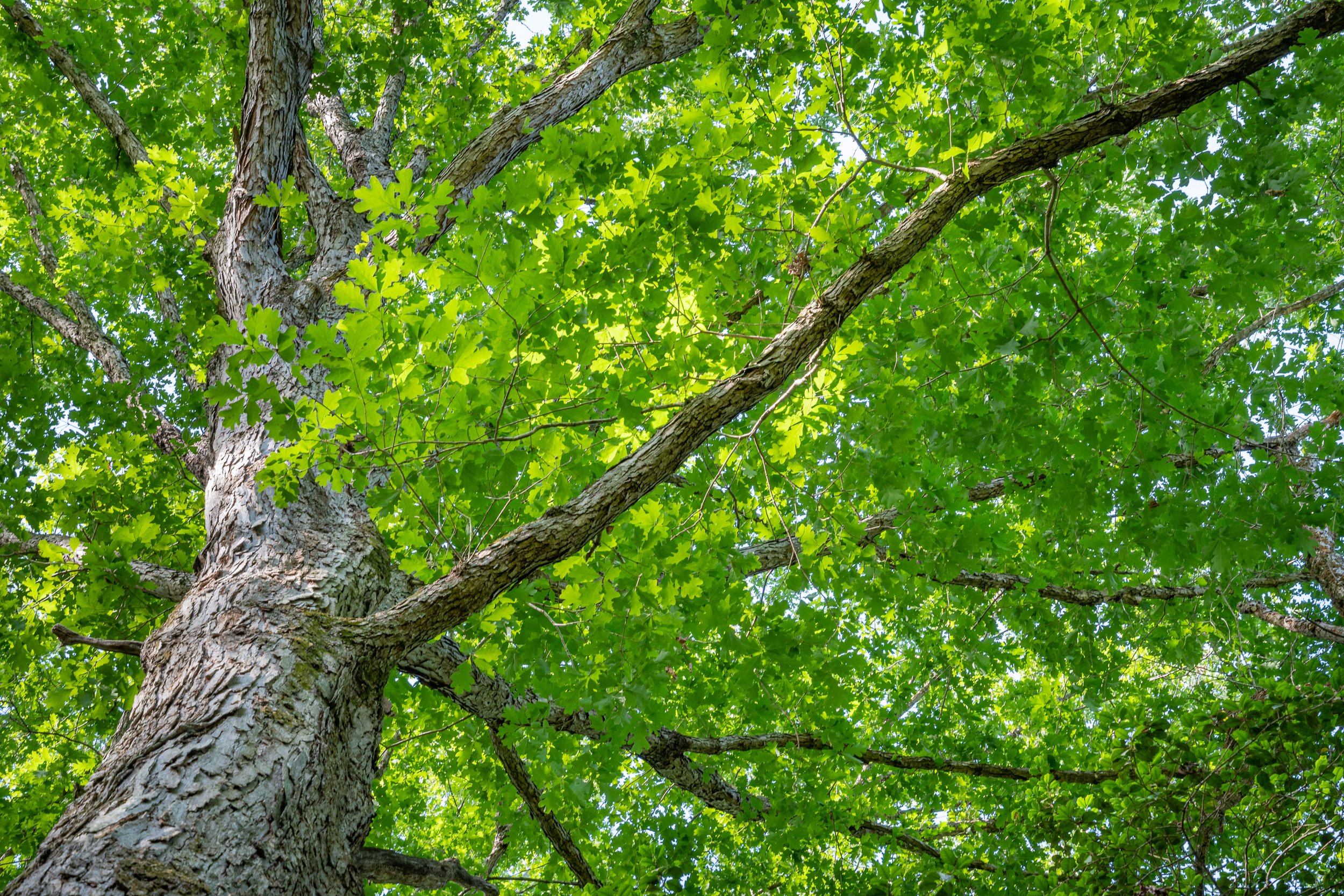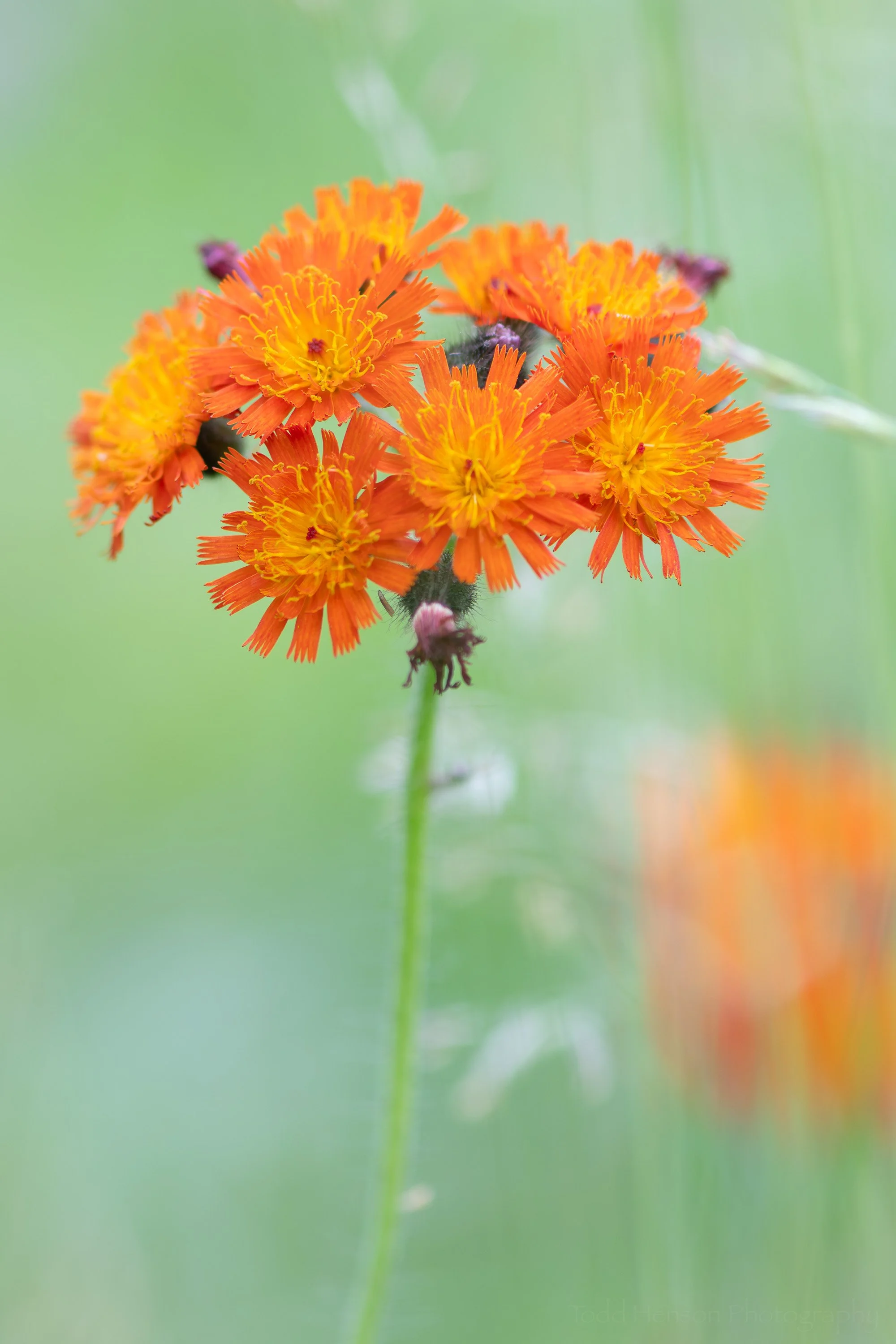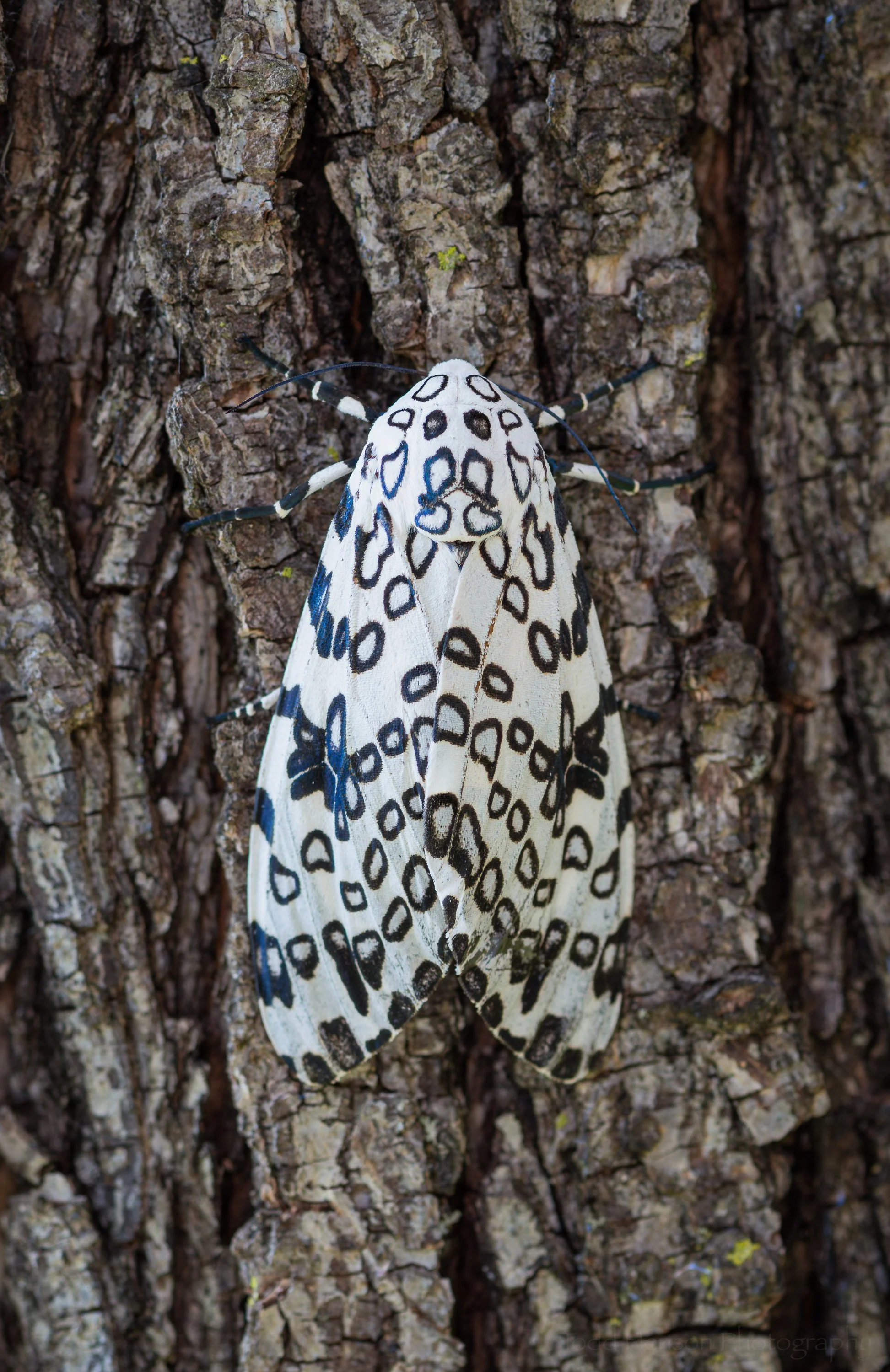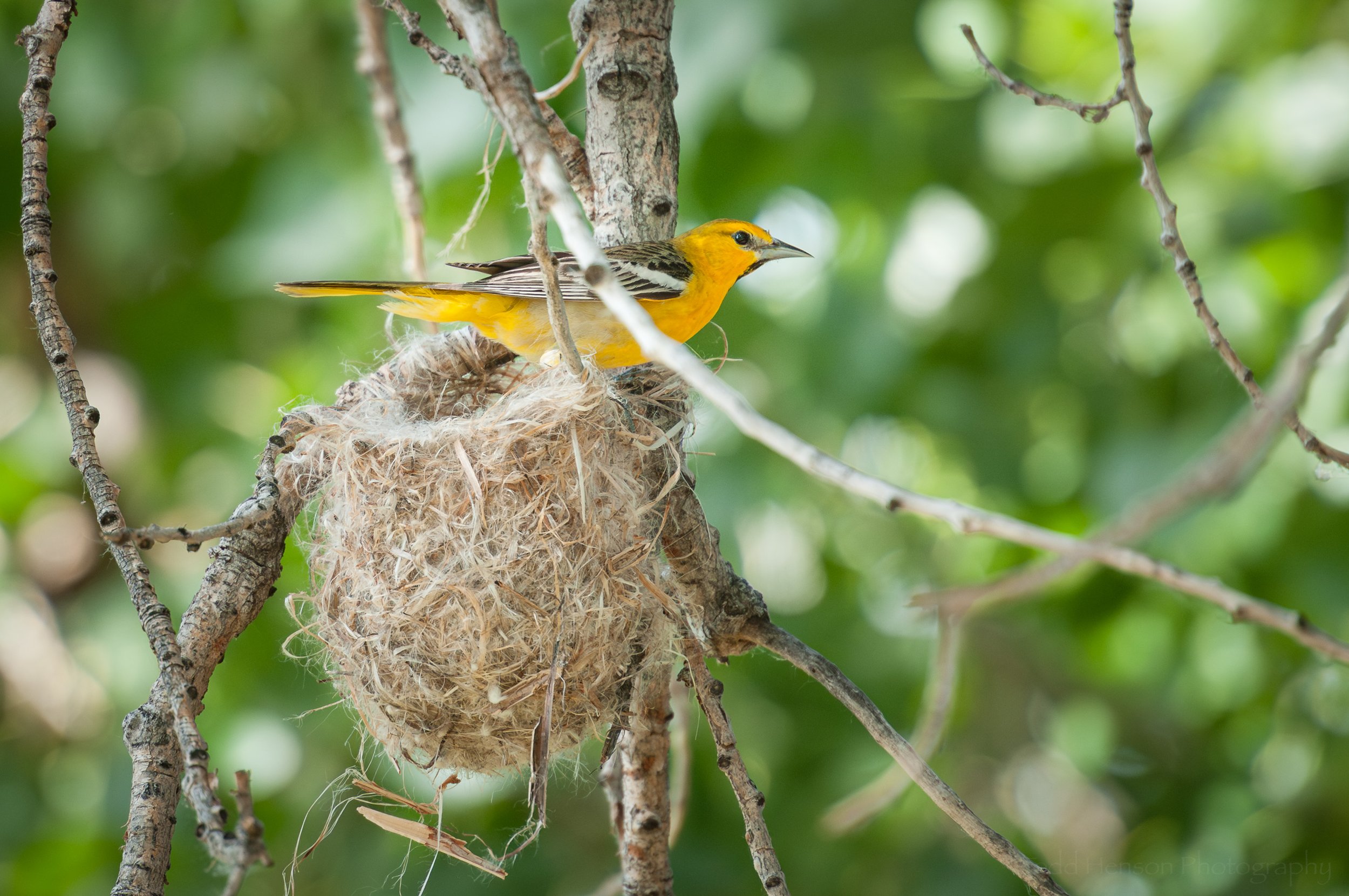Kenilworth Aquatic Gardens, in Washington, D.C., is full of beautiful blooming lotus flowers each summer. They have pond after pond of these amazing plants.
This year I tried to capture as many of the stages of the lotus flower as I could. Below are the results of my attempts, along with some examples from previous years.
Unopened Lotus Bud
Unopened lotus bud at Kenilworth Aquatic Gardens
The earliest stage of the lotus flower I captured is the unopened bud. In this example you can see some of the folded up petals already turning pink. It won’t be long before this bud begins to open.
Newly Opened Lotus Flower
This lotus flower hasn’t been open long.
Newly opened lotus flower at Kenilworth Aquatic Gardens
Finally, the bud has opened. Early morning light can work so well with these flowers, causing the petals to almost glow at times. You can still see green on the lower petals, which would have been the outer layer of the bud. I love the dark pink of the center since it’s still mostly in shadow.
Blooming Lotus Flower
Blooming lotus flower at Kenilworth Aquatic Gardens.
Now the lotus flower is blooming, almost fully open. The center is more open, less in shadow, but still a deeper pink than the outer petals. The out of focus green leaves of the lotus plant make beautiful backgrounds for the pink flowers.
Fully Open Lotus Flower
A beautiful, fully open lotus flower with a bumble bee buzzing into the center.
Lotus flowers can be so beautiful when fully open. This is one of my favorite photographs of a lotus flower, with a bumble bee flying in towards the center. This photo makes a beautiful print and can be purchased from my online store.
Fully open lotus flower at Kenilworth Aquatic Gardens.
This lotus flower is fully open. In fact, it is at the later stages of being fully open, when it begins losing its petals. Notice the shape of the yellow center, with all the darker yellow dimples on the top. The seeds will form under these dimples.
Closeup of the center of an open lotus flower.
It’s a little later in the day now and there were very few clouds in the sky, so you can see shadows forming on the petals. They lose the ethereal glow seen on the earlier flowers which were created a little earlier, and possibly when the sun was behind a cloud.
Green (Unopened) Lotus Seed Pod
Green lotus seed pod after the petals have fallen.
Now the petals of the lotus flower have fallen, leaving behind the central seed pod which has turned green. This one still has some of the hair-like portion that forms at the base of the center. I didn’t notice until later there is an insect flying just under the seed pod on the left.
A large lotus seed pod, not yet opened.
This photo shows a larger seed pod, later in its development. Behind it is the blurred pink of a still blooming lotus.
Opened Lotus Seed Pod
Opened lotus seed pods.
In this stage the center section will dry up and turn brown. That’s beginning to happen in this photo, though the pod is still mostly green. Those dimples we saw on the top on the fully green seed pods have opened, revealing the seeds. The brown seed pods are sometimes used in flower arrangements.
Bonus: Lotus Flowers Dancing in the Wind
A pair of lotus flowers dancing in the wind, using a slow shutter speed to capture the motion blur.
Finally, as an added bonus, here are a pair of lotus flowers dancing in the wind. As the day progressed the wind began to pick up, making it more and more difficult to photograph the lotus blossoms without motion blur.
So instead of getting aggravated, I decided to go with the flow and intentionally slowed my shutter speed to make the most of the motion blur caused by the wind. I certainly wouldn’t consider this an award winning photograph, but it was fun creating. You never really know what you’ll get when you try these sorts of experiments.
Do you enjoy these posts?
Sign up to receive periodic emails with updates and thoughts. Don’t worry, I won’t spam you. And please consider purchasing artwork or products from my online store, and using my affiliate links in the sidebar to the right when shopping online.
I appreciate your support!


